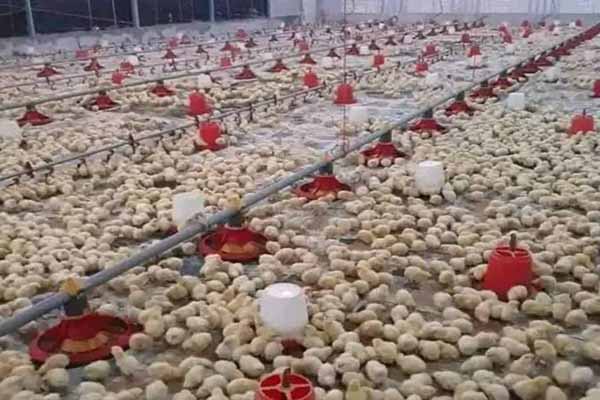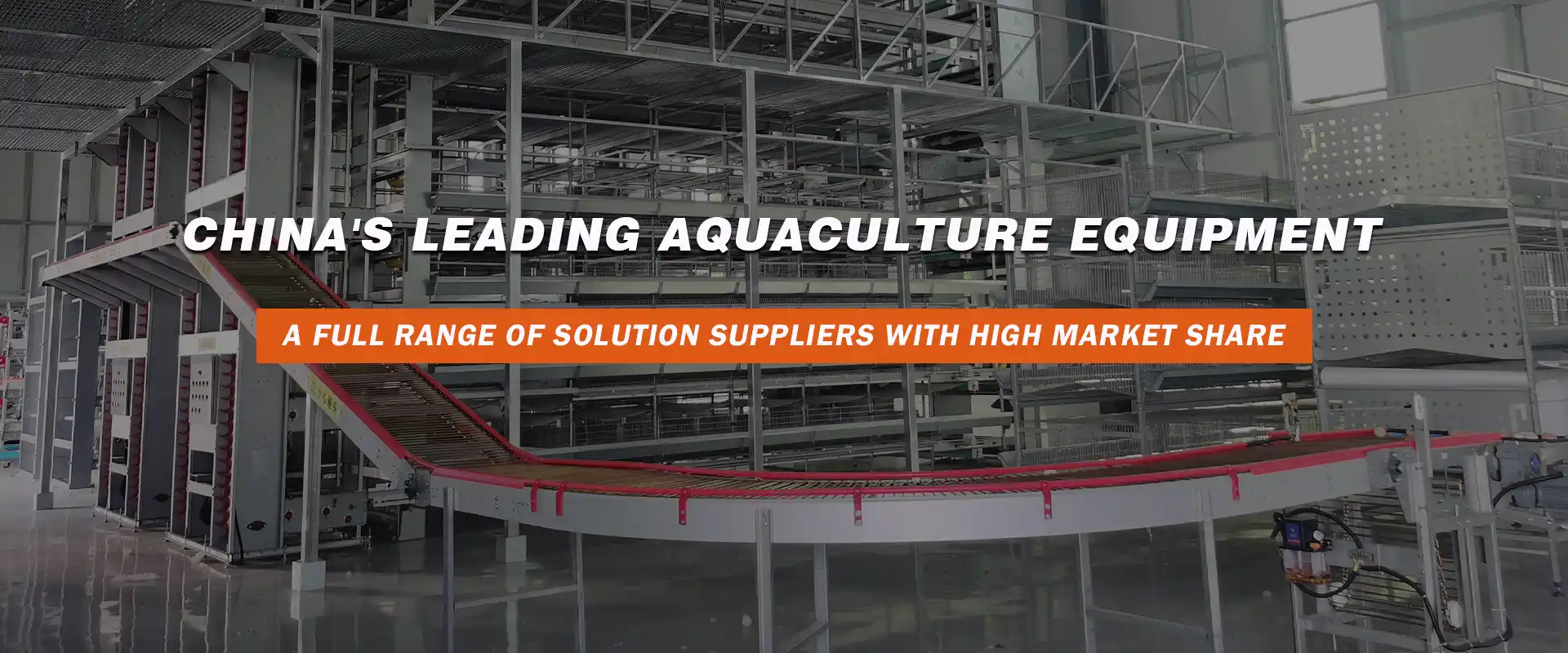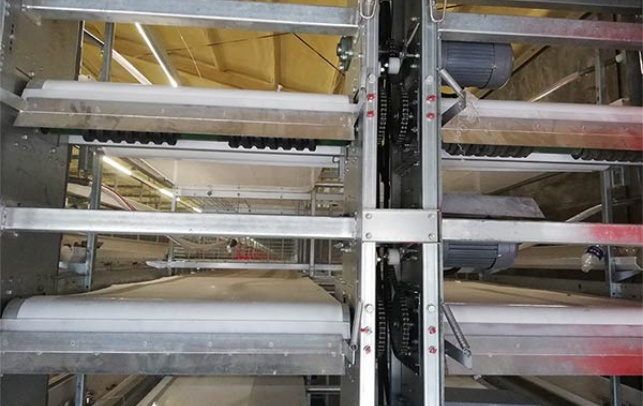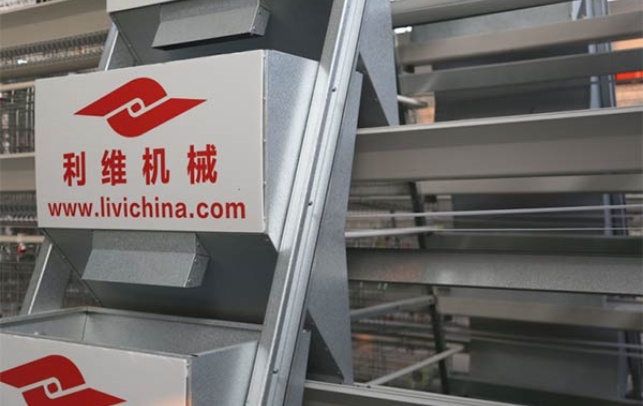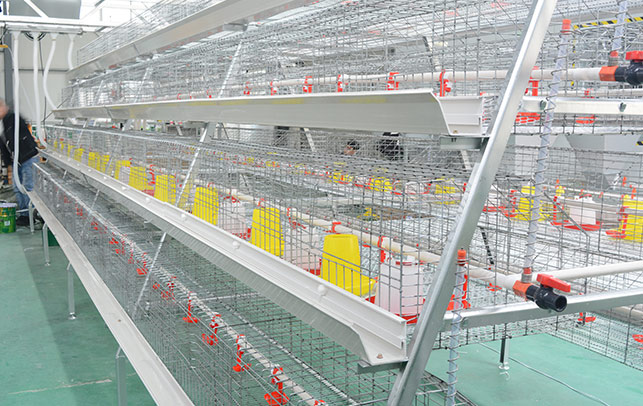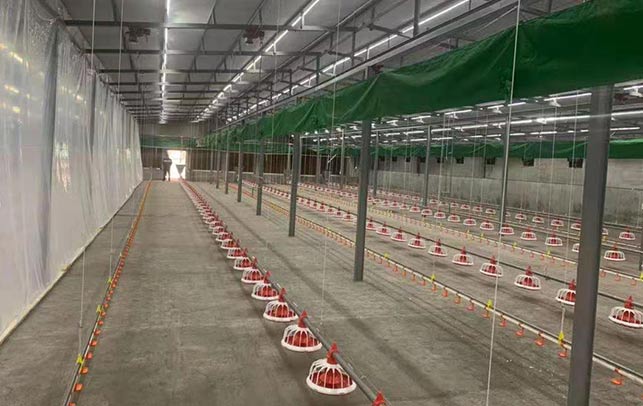Analysis of Labor Cost Savings of Automated Equipment for Uganda Chicken Farms
Time : 2025-07-27
As a leading poultry equipment manufacturer from China, Livi Machinery is committed to providing innovative solutions that enhance efficiency and reduce costs for chicken farms worldwide. In this article, we delve into the analysis of labor cost savings that can be achieved through the implementation of automated equipment in Uganda’s chicken farms.
—
Introduction
The poultry industry in Uganda has been growing steadily, with an increasing demand for high-quality chicken products. However, labor costs have been a significant concern for many farmers, particularly those with smaller-scale operations. Automated equipment offers a promising solution to this challenge. In this article, we will explore the potential savings in labor costs that can be realized by incorporating automated equipment into Uganda’s chicken farms.
Understanding Labor Costs in Uganda’s Chicken Farms
Labor costs in Uganda’s chicken farming sector are influenced by several factors, including the size of the farm, the complexity of operations, and the availability of skilled labor. Generally, these costs can be categorized into:
– Direct Labor Costs: Salaries paid to farm workers for tasks such as feeding, cleaning, and monitoring the flock.
– Indirect Labor Costs: Costs associated with training, supervision, and other administrative tasks related to labor management.
The Role of Automated Equipment
Automated equipment can significantly reduce the need for manual labor in chicken farming. Here are some key benefits:
– Increased Efficiency: Automated systems can perform tasks more quickly and accurately than humans, leading to higher productivity.
– Consistency: Automated systems ensure consistent performance, reducing the risk of errors and inconsistencies in farm operations.
– Reduced Labor Requirements: With automated systems handling repetitive tasks, farmers can reduce the number of workers needed on the farm.
Analysis of Labor Cost Savings
To analyze the potential labor cost savings, we need to consider the following aspects:
– Initial Investment: The cost of purchasing and installing automated equipment.
– Operational Costs: Regular maintenance and energy consumption of the equipment.
– Labor Cost Reduction: The number of workers that can be replaced by the automated system.
Let’s take a hypothetical example of a medium-sized chicken farm in Uganda:
– Initial Investment: $50,000 for a complete automated system.
– Operational Costs: $10,000 per year for maintenance and energy.
– Labor Cost Reduction: The farm can reduce its workforce by 10 employees, each earning an average of $200 per month.
Based on these figures, the annual savings can be calculated as follows:
– Direct Labor Cost Savings: 10 employees $200/month = $24,000
– Indirect Labor Cost Savings: Assuming an additional 5% savings in indirect labor costs, that’s an extra $1,200 per year.
Total Annual Savings: $24,000 (direct) + $1,200 (indirect) = $25,200
After accounting for the operational costs, the net annual savings would be $15,200. This means that the farm would recover its initial investment in approximately 3.2 years.
Case Studies and Real-World Examples
Several farms in Uganda have already adopted automated equipment, and the results have been encouraging. For instance, a farm that implemented an automated feeding system reported a 30% reduction in feed waste and a 20% increase in egg production. This not only reduced labor costs but also improved the overall profitability of the farm.
Conclusion
The analysis of labor cost savings through the implementation of automated equipment in Uganda’s chicken farms demonstrates a clear financial benefit. While there is an initial investment required, the long-term savings in labor costs can be substantial. As the poultry industry continues to grow, the adoption of automated equipment is likely to become more prevalent, offering a sustainable solution to the challenge of rising labor costs.
—
